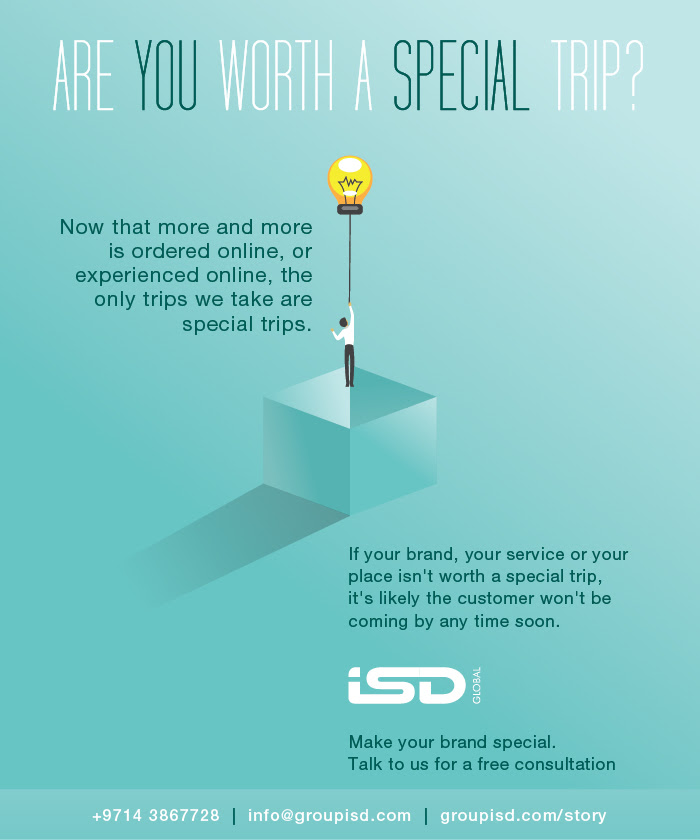
Going b(u)y the book !

Distilled, actionable insights on branding, innovation, creativity, leadership, soul enhancement, marketing, advertising and design thinking

Let us begin with defining what Marketing is NOT!
Marketing isn’t the act of getting people to buy what you’re paid to sell them.
Marketing is about probabilities and likelihoods. It’s about moving people, both metaphorically and otherwise.
Nobody gives a flying shit about your philosophy. Write that in big letters above your desk.
“Brand purpose” is the first hiding place of bad marketers. We have seen enough and more of ‘ purpose washing ‘. People see through that.
Time to reconsider your tired email lists, sneaky retargeting and costly pre-roll ads.
Instead, reach for next-generation experiences that touch people’s hearts and move their minds.
Give your audience genuine human emotions: goosebumps — quicken pulses, and they’ll never forget you.
Marketing’s value has a different domicile unlike perceived and practiced. So, it’s not about where YOU are but where YOU should be.
ENDS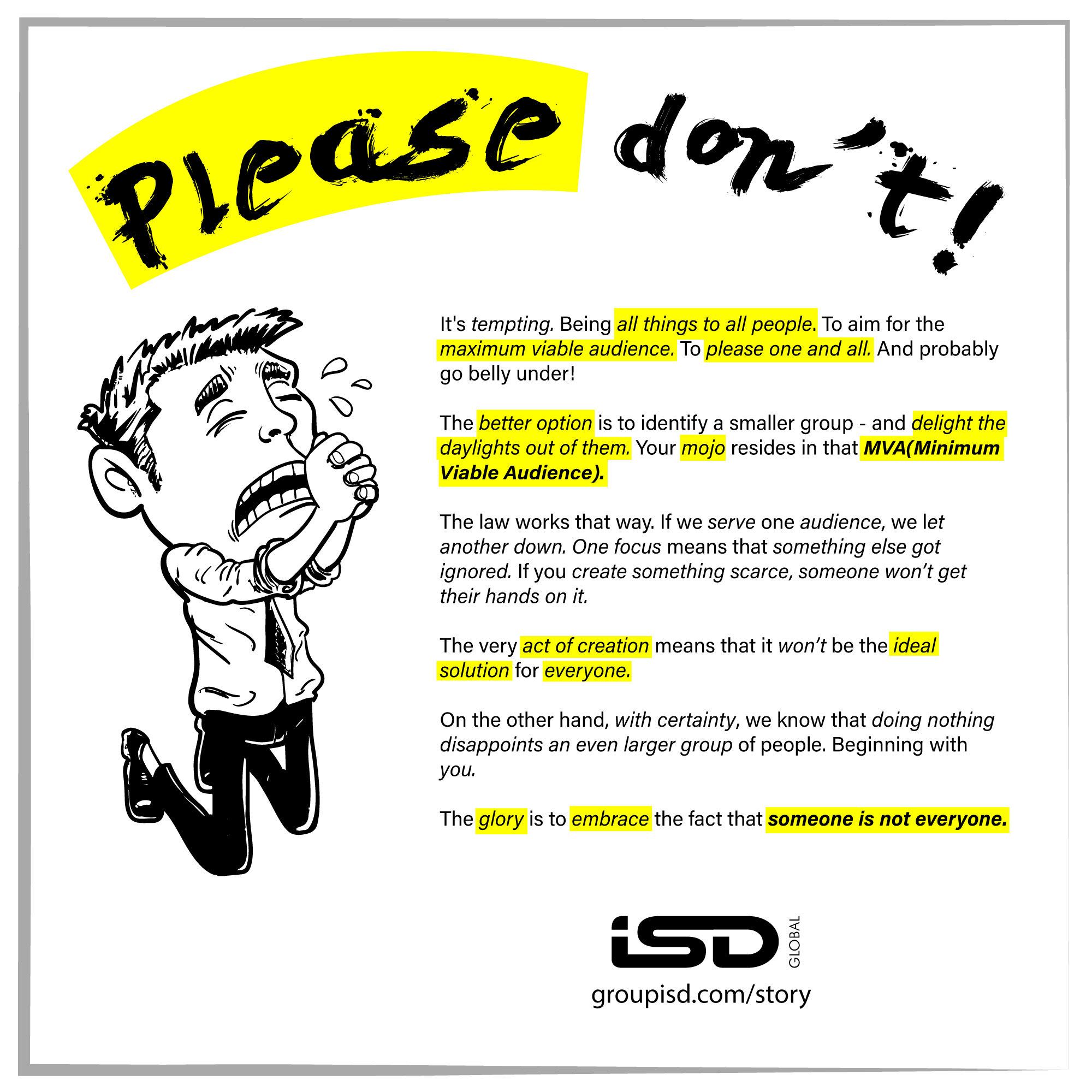
Apparently, there is ” Wisdom of the Crowds “..” A Collective Bias “.
Though not sure with wisdom and bias– can the twain meet?
Since decades, marketers and politicians have been working to exaggerate cultural distress, a hack on our emotions.
Caveat: This is a Long Read

When people watch an old television show, listen to some excellent music from a bygone era(how about ABBA?), and so on, they feel happy and have a better outlook on life. As a result, a lot of brands and businesses are now attempting to capitalize on this sentiment and trend by creating advertisements and other marketing materials that remind and nudge individuals of happier times in their lives.
Many enterprises are also attempting to associate their brand with pleasant memories and notions associated with past periods and places. The goal of businesses is for their customers and other consumers to associate their products and brand with a time when things were better, less stressful, and more secure.
This brand of advertising can be effective for businesses of all sizes. In addition to rating such nostalgic advertisements and the company behind them more favorably, consumers also pay more for the items that are associated with those advertisements. So, it is a double whammy. It is referred to as creating an emotional connection, and it pays off handsomely for the company that employs nostalgic marketing.
Studies on autobiographical memory — the memory system that tracks episodes of our lives — have shown that when we are reminded of episodes from our past, we re-experience the emotions tied to the original episodes. So, if those memories were positive — think carefree moments from our childhoods, fun family dinners, road trips or game nights with friends, etc. — we are likely to experience the same cheer.
Vignettes from A Day In Your Not-So-Future Life
As I walked into the bathroom, the body scanning sensors could tell I had a rough night. Sure enough, looking into the mirror, it displayed an ad for Panadol(extra strength) which was dynamically inserted as sponsor of my morning sports video highlights. In addition, a coupon offer from Nabo coffee was presented along with my daily agenda, which I dropped into my mobile watch.
My automated home system had already connected with my Google self drive and ordered me a car. Since I had earned over 1000 points last month based on my social sharing activity, I received an offer to try 3 breakfast items from a sponsor, Tim Hortons, with the caveat to ‘ please share your thoughts on the breakfast with your social network. I devoured the greasy delight while sitting in the backseat of my selfie-car while it drove into the city.
The ads that rose from the ether as I looked out of the windows were personalised and behaviorally driven with time and place considered.
When I selected quiet, contemplative music for the drive, I wasn’t surprised when the ‘ brought to you by ‘ included a yoga studio and a spa; both offering same week specials if booked within an hour and a voice link to testimonials from ” friends ” within my social network.
At the office I entered the Google collaboration holodeck with five others; we connected to the global team(another 12 members) and used voice, text, touch screen tech to share, move, grab, iterate on ideas, designs, models(which we 3D printed) for the proposed E Sports stadium for the Brisbane Olympic Games in 2032.
On the way home later I received several invitations to stop or order dinner for home delivery, al, based on known preferences, what I ate yesterday, my bio read for today, with ratings from within my social sphere.I decided on delivery(noodles) and decided, once home, I needed a good laugh, so asked my virtual video concierge for all Academy Award winning comedies of the past decade, along with ratings my friends had given and also asked to see if anyone wanted to co view and connect this evening.
While watching the comedy film, I was on Twitter and received sponsored Twitter amplified comedy shorts; both were outtakes from the movie I was watching and ” best of ” clips from the actor’s other work.
I ended the day in bed with my e-book reading a few pages to me, along with sharing tomorrow’s weather(brought to you by Carrier) and any key meetings on my agenda( a reminder from Timex).
Bruce Neve, Former CEO, StarcomMediavest Group
What we find compelling about this above extract from Bruce(projected in 2013) is that the vast majority of what he describes is not only possible today, but is being practiced, tested and evaluated for new levels of effectiveness related to traditional approaches by marketers across categories.
Going Back In Time
Now the serpent was more crafty than any other beast of the field that the Lord God had made. He said to the woman, “Did God actually say, ‘You shall not eat of any tree in the garden’?” And the woman said to the serpent, “We may eat of the fruit of the trees in the garden, but God said, ‘You shall not eat of the fruit of the tree that is in the midst of the garden, neither shall you touch it, lest you die.’” But the serpent said to the woman, “You will not surely die. For God knows that when you eat of it your eyes will be opened, and you will be like God, knowing good and evil.”
—Holy Bible, English Standard Version, Genesis 3:1–5
If we assumed this biblical account were literally and historically accurate, we might argue that the serpent was the first advertiser, and this was the very first instance of deceptive advertising. Setting aside that some people would challenge this description’s historical accuracy, others likely would argue that it isn’t advertising—it’s direct selling! Or perhaps it’s public relations. Does that really make a difference? Of course, if the serpent was the first adman, that makes all of us in the industry a professional descendant of the serpent.
If we are to look at the future of something, then it is important to correspondingly understand its historical, cultural and anthropological origins. Therein lies some telltale signs and the crystal ball.
Without a doubt, we’re going to witness(or already witnessing) a shift from obsessing over what advertising looks like, to what advertising feels like. As we call it at ISD Global – Unique Feelings Proposition(UFP) is far more significant than the by now passe Unique Selling Proposition(USP).
The hyper-personalization of advertising will indeed further empower the consumer but it may also save advertising from its oft predicted doom.
In order to develop a future for advertising brands, there could come into existence a Need Bar. The Need Bar would be personalised for every consumer, so as to give her the ability to look for anything she needs at any time.This would result in a brand not only being present in the life of a consumer, but also catering to her every need, from any brand. Inevitably, the future of advertising will incorporate more consumer knowledge derived from the hard sciences such as biology, chemistry and physics, to complement that acquired from the softer sciences of psychology and sociology.
The needle is moving. Most advertisers in the very near future(if not already) would have completed their natural evolution from adjacency(stand next to the stuff people want!) to interruption( stand in the way of the stuff people want!) to content marketing (be the stuff that people want!). Enter a new era where brands that do business using a Consumer Era ” marketing as manipulation ” mindset will become irrelevant and superseded by companies that demonstrate a Relationship Era mindset. And, as forces at play lead the Relationship Era to the tipping point of wide acceptance, I believe that marketers will not be known as the scoundrels who spin but rather people with the greatest expertise in crafting authentic relationships– and adding most value to their brands and businesses.
What if?
– What if marketers and brands saw their marketing and advertising as an investment and a value creation engine rather than as an expense to be squeezed?
– What if the brands were seen as bringing in not only advertising dollars but also valued content to the media properties and channels they use?
– What if the creative, analytic and strategic genius that lies within the sum total of the world’s media, advertising, digital, creative etc agencies, research firms, ad tech companies, sponsorship, brand placement, – and all other players who ‘ feed off advertising ‘- were given a more inspired brief? Increase sales and leave the world a better place. Come in on budget and be proud to tell your family about what you helped create. Help us, all of us, be in thought, word and deed, create something truly exceptional!
– What if the community were to be expanded to all those whose actions imparted the brand and how it actually came to life for its audience? Not only the traditional stakeholders, but also others who could potentially describe the broader value of the brand and the brand experience in even more creative and impactful ways.
– What if all the ways that brands were brought to life with their potential and current customers were thought of holistically, and resources were allocated accordingly?
– What if every bit of the US$ 780 billion plus paid, earned and owned advertising expenditure around the globe not only resulted in sales and profit, but also resulted in net positive impact on society and culture? What if, in addition, it made a positive impact on the lives of those who were involved in it and influenced| inspired by it?
WHY NOT?
As Albert Einstein famously asserted ” Without changing our pattern of thought, we will not be able to solve the problems we created with our current patterns of thought “.
Amid all the changes, “the fundamental things apply as time goes by,” to quote the famous song from the classic movie Casablanca. A kiss is still a kiss, a sigh is still a sigh, and human nature doesn’t change over time. Our obsessive drives to survive, to succeed, to belong and to be loved, to take care of our own—those passions have been heightened by the pandemic, and advertisers and their agencies who are sensitive to those basic needs will create brands to meet them, an act that will always require advertising.
Creativity will remain the most powerful force in business, and instead of changing campaigns with every change of a CMO, advertisers will rediscover the importance of consistently projecting a clear sense of purpose and doing so with a distinctive brand voice. Along the way, we’ll learn the difference between an algorithm and a true insight into human nature and the important difference between big data and a big idea.
Advertising has been both cause and consequence of social change.Never was it more obvious than since the start of the twentieth century. That, of course, is both a positive and a negative. It is a powerful tool of change, and like any tool, it can be misused. And at times it has been.I have no doubt that advertising will rise to meet that challenge.
ENDS
Historically, brands and marketers have sworn its allegiance to demographics. Like the proverbial Tweddle Dee and Tweddle Dum. But there just might be a twist in the tale. As quoted by Trend Watching: “You’re not the only one who’s confused by consumer behavior. Consumers themselves aren’t behaving as they should “.
In a post demographic era of consumerism, is it time to throw out the traditional (and tried, tired, trusted and rusted) demographic models of consumer behavior?
Let’s look at some really interesting snippets that break all molds of convention:
In the US, women now account for 41% of the universe of video game players-STATISTA
Asilo Padre Cacique, a retirement home in Porto Alegre, Brazil, hosted an activity day for its elderly residents a few years ago, featuring a skateboard exhibition and graffiti artists. Yes, you read right: skateboard exhibition and graffiti artists.
“If you look at the list of the 1,000 favorite artists for 60-year-olds and the 1,000 favorite artists for 13-year-olds, there is a 40% overlap.”-GEORGE ERGATOUDIS (HEAD OF MUSIC, BBC RADIO 1)
All the above may seem disconnected but it does give us a peep into where consumerism is headed. And it is not at the happy intersection of demographic centered models which brands have comfortably honed over the past several decades. This is a new path to tread. Consumption patterns are no longer defined by ‘traditional’ demographic segments such as age, gender, location, income, family status and more. In this era of post demographic consumerism, brands are realizing that people across all age groups, across multiple markets are constructing their own identities and that too more freely than ever before.
Yes, we still do have our usual suspects: the early adopters of products and services that brands love: Young, affluent, influential, loves experimenting and burdened with lesser commitments. This (as is empirically proven) the ideal scenario.
But as more and more brands and marketers wake up to the new reality: that any and all revolutionary – or simply just compelling – innovations will be rapidly adopted by, and/or almost instantly reshape the expectations of, any and all demographics. Without bias or prejudice. One size need not fit all or it just could!!
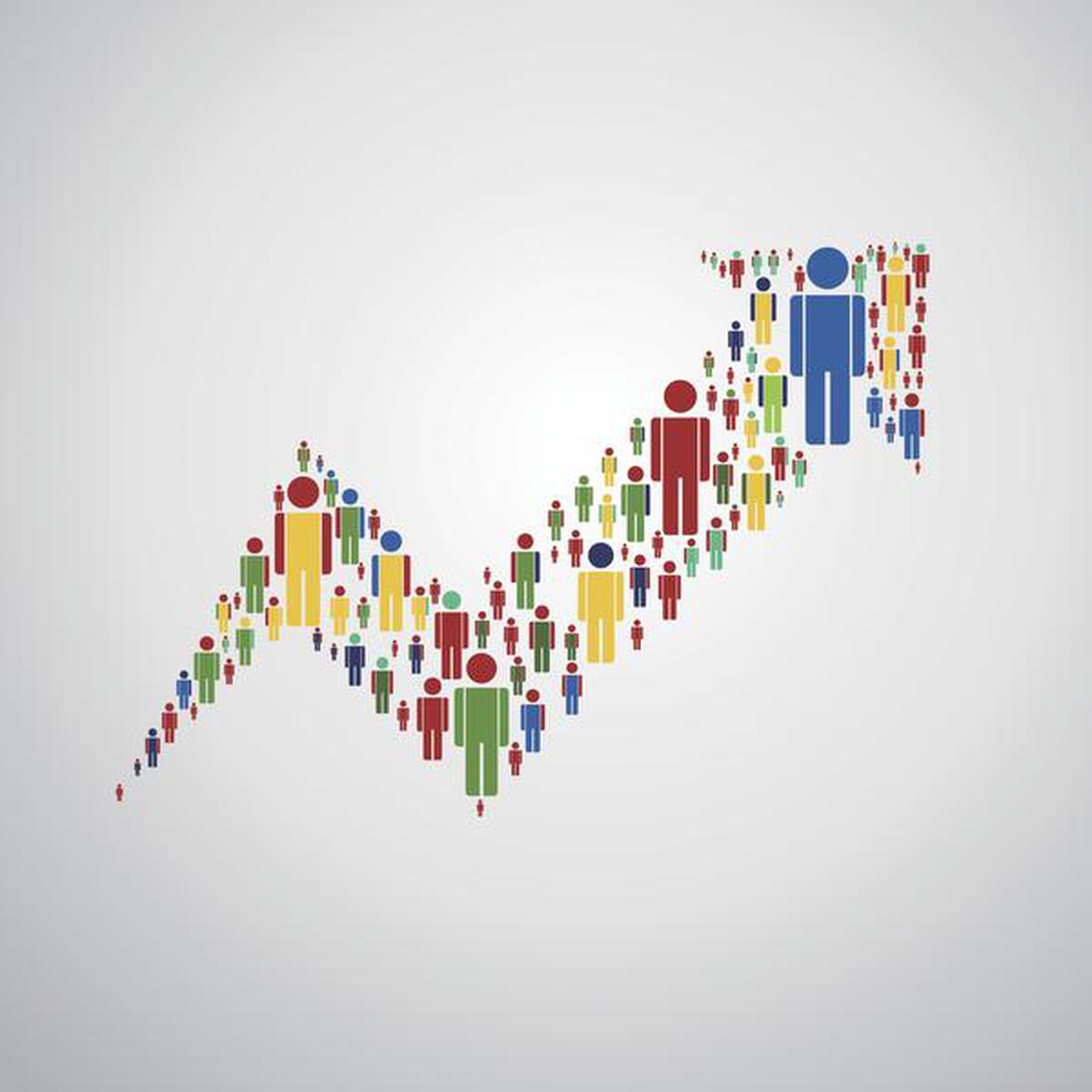
The always on Society is now too fluid, ideas now too easily available, the market now too efficient, the risk and cost of trying new things now too low (led by the digital world, but increasingly the case for physical products too) for this not to be the case. Let us understand why.
Today’s consumers – of all demographics and in all markets – increasingly buy, source and use products and services from the same mega-brands: Apple, Facebook, Amazon (the technology sector is especially universal), IKEA, McDonald’s, Uniqlo, Nike and more.
The ubiquity and collective familiarity with these global mega-brands, when combined with the global reach of consumer information, has also created if not a shared consciousness then certainly a new level of POST-DEMOGRAPHIC shared experience for consumers, from 16 to 60 and beyond and from Boston to Beijing, Capetown to Melbourne, Mumbai to Miami.
So what should executives and brand marketers look at doing to come to speed with this new reality. Well, there are a few innovation opportunities waiting to be grasped:
-Fall in love with the new normal (which is not normal): Embrace and celebrate new racial, social, cultural and sexual norms.
-Let heritage not be a baggage: Be prepared to re-examine and even overturn your brand heritage.
-Inorganic demographic pollination: Go beyond your comfort demographic zones. Explore foreign demographics hitherto not tapped into for ideas and inspiration.
-Borrow from the Long Tail effect: Explore smaller niches of interest. There is serious potential resident there.
As we move into the future, successful products, services and brands will transcend and move beyond their initial demographics almost instantaneously. Brand executives who continue to attempt to navigate using demographic maps, with borders defined by age, gender, location, income will be under-prepared for the speed, magnitude, and direction of change.
There is no doubt that understanding consumers’ needs and wants remains critical (Consumer Insight & Market Research companies will go out of business otherwise, isn’t it?). However, it will be those that take a broad view and learn from innovations that are delighting consumers in seemingly dissimilar or even opposing demographics that will succeed, regardless of which ‘traditional’ demographic(s) they serve.
CAVEAT EMPTOR: There is a Great Demographic Reversal: Through Ageing Societies, Waning Inequality, and an Inflation Revival, post the pandemic.
Demographics(as we knew it) is dead. Long live demographics!!
There is no greater fear than the fear of the unknown. Strategic foresight and future thinking exist to help tame the imaginary line connecting now and then. Competence alone is not enough; character and perspective are also required in equal doses. This means that working with the future needs a lot more than hype cycle analyses and predictions about the future of this and that from self-anointed guru-ninja-hackers without any proper training in foresight. Developing strong characters is fundamental to ensuring an ethos of good ancestry.
Practising future-back management is critical to enabling breakthrough innovation and leapfrogs when the road ahead seems rather foggy.
Nurturing a sense of perspective becomes the antidote from getting stuck in antiquated ways of working, thinking and behaving. Marketing’s new research and developments can indeed be quite distracting given their high frequency and volume. In trying to make sense of the new and generate brand buzz from it, marketers end up missing out on rather transformational opportunities – those where the future can be more evenly distributed.
This is rather disconcerting since marketers are often some of the most well-rounded and best-informed professionals in their organisations, with a sharp sense of ‘what’s next’. Still, many get caught by the glitz of the novel, instead of putting their energy in the grittiness of the foresight process.
In fact, when it comes to crystalising the definition of the 21st century marketer, Google conducted an experiment that involved interviewing 30 board members from Fortune 1000 companies, having accumulated more than 1300 minutes of audio and over 100,000 words about the role of the CMO (Think with Google 2020), which was then summarised in one long, important paragraph:
“The 21st century CMO is expected to be a marketing miracle worker, an alchemist who combines classic art of branding with the latest advances in data and measurement. All this while you serve as the connective tissue of the C-suite and stay a step ahead of the rapidly changing landscape of digital technology, cultural trends and shifting consumer expectations – things becoming ever more important to the stock price. Customers matter more than ever and, since you’re responsible for them, your role should matter more than ever too. But board members do not seem to have one cohesive definition of the role.
So, what are you to do?
Internally, steer expectations for your role by defining growth, you have some control over. And recognise that the talent of your team is half the battle to achieving that growth. Hire the best measurement people, because marketing will be held to some metric that is currently beyond reach, and you’ll need them to invent it. There are many ways you can impact revenue – but be prepared to show the ‘I’m indispensable’ maths. And do not forget the most visible CMOs also take big risks. Only three percent of board members interviewed were marketers. Likely, they do not hear you. Listen closely and find the overlap between what the board is interested in and your responsibilities. And, instead of building slides about everything you do, build one slide that puts you in a position to start a conversation around those common interests and goals.”
What is interesting to note is that futures thinking is all over in the paragraph above and yet, nowhere on it. As haiku-esque as a statement, this is the closest to the truth. Strategic foresight and futures thinking are not explicitly mentioned, but implicitly dominate the subtext, with clear emphasis on character, competence and perspective too. Therefore, the opportunity is to nurture the Phewturecast seed, and develop the gravitas required for marketers and their peers to encourage and normalise the allocation of foresight investment. If education is key to opening more doors for foresight, appropriate use of language is the red carpet welcoming the long-awaited guests that can help reshape the future for the better.
For the ambitious marketers out there, this is just the beginning of your futures literacy. Use it and pierce the future through the present.
BEGINS
https://www.groupisd.com/story/
https://www.brandknew.groupisd.com/
125 years is a long amount of time. The AIDA model was developed by the American businessman, E. St. Elmo Lewis, in 1898. The original purpose was to optimise sales calls, specifically the interaction between seller and buyer concerning the product.
Just to expand on the acronym(and the obvious):
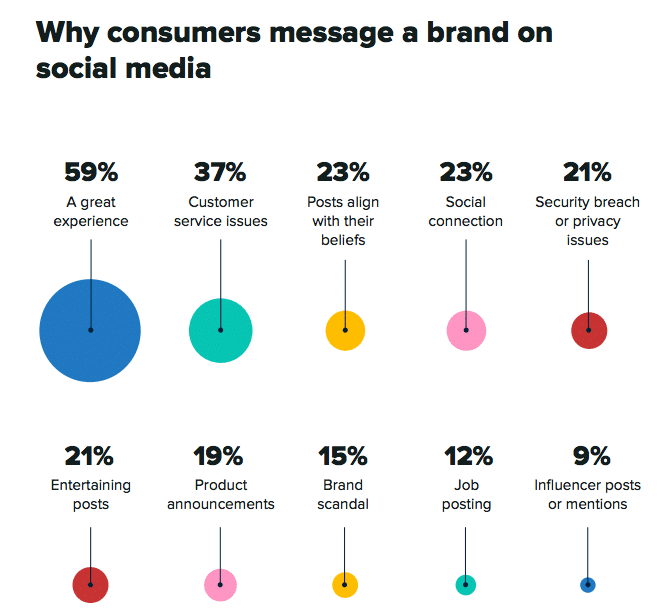
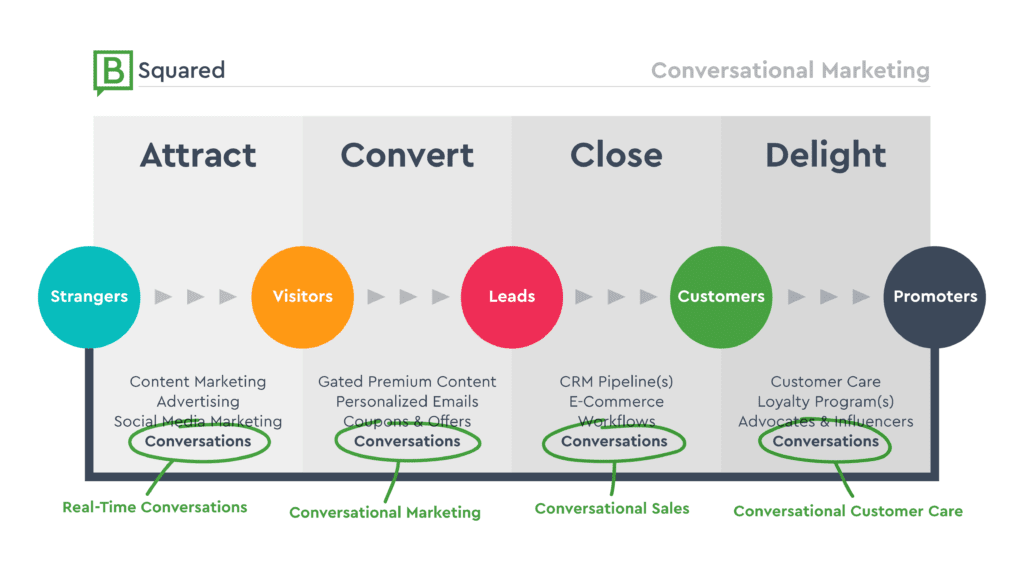
– More than half of consumers (55 percent) have intended to conduct a business transaction or make a purchase, but decided not to because of a poor service experience- American Express
-89 percent of consumers have stopped doing business with a company after experiencing poor customer service- RightNow Customer Experience Satisfaction Report
-50 percent of consumers give a brand only one week to respond to a question before they stop doing business with them. – RightNow Customer Experience Satisfaction Report
A contrarian view as I hang up:
The truth is of course is that there is no journey. We are arriving and departing all at the same time: David Bowie
ENDS
https:www.groupisd.com/story
https:www.brandknewmag.com
https:www.brandknew.groupisd.com
https:www.weeklileaks.com
What could/should “advertising” look like in 2020 and beyond? What should we do now for that future?
Some questions that crowd our every day artery. Restless consumers and fast changing technology are creating unheralded disruption. Advertising has always been a combination of art and science. Technology is now becoming a third variable. Advertisers “have to get all three of these things right”. They have to be three good.
There are Un Ignorable Forces of Change. Throwing Unabated Challenges to the status quo. But having said that, once recognised, respected and responded right, they offer Unprecedented Upside Potential for the Future. Let‘s examine them below:-
Exponential Advances in Science & Tech: With IOT, AI, Machine Learning etc, we now have a deeper real time understanding of things, people, situations. Bringing along with it an outsized and unprecedented responsibility for what we do with that knowledge.
Empowered & Skeptical “Consumers” : Wanting Customerization & Personalization (make it mine), seeking Choice(Give me tools to make better decisions), expecting Competitive Value (Give me more for my money), searching for Communities( Let me be a part of it), across multiple Channels (I want to call, click and visit). Individuals with lives, aspirations, challenges, family, communities. They want to be worthy of respect and you need to earn their trust.
Media Disruption & Redefinition : One way has become Two Way, Static is now Dynamic, Stationary is now Mobile, Passive is now Sensing, One-Dimension is now Immersive, Visual has turned Multi sensory. There exists Unprecedented Platform Design Capabilities for delivering Exceptional Contextualised Experiences.
Culture, Society & Our World : Straddling many a Divide across Health, Income, Digital, Education, Equality & Tolerance, Climate & Sustainability.
Inspiring, Measurable Business Models: A heady mix of The customer driven/ holistic model , The co creation model, The open innovation model , Network orchestration model , The Competitive Value Model, Transformation to full service provider model, The emerging market innovation engine model, The shift to digital and network business models
So what are the takeaways that we can extract from the above listed landscape?
– Traditional mindsets, including those about advertising and marketing, must be challenged and potentially changed. I am referring to the Mental Models: The Primary Impediment to Transformation- For eg: “It has always worked this way.” “We tried it and it didn’t work.” “We’re profitable; why change?..and so forth!
Before Roger Bannister broke the 4 Minute Mile on May 6, 1954, nobody thought that such a record could be set. We need to ask ‘ What is your 4 minute mile ‘ ?
It‘s the time to challenge our Mental Models of Advertising and Move from Marketers and Agencies, through Media, at Target Demographics toward being Cross-Silo Collaborators, from Ads toward Orchestrated Value-Creation Touch points, from Frequency toward When Needed, Wanted, Appreciated, from Reach toward Where Needed, Wanted, Appreciated, from Push and Persuade For Sales toward Multi Win Outcomes,pull & engage, from Ad Campaigns toward Initiatives in Holistic, Dynamic Ecosystem.
There is also a great upside in starting to use a new Vocabulary:
From Campaign To Initiative, From Content To Substance, From Persuading To Inspiring and Enabling, From Selling To Serving, From Seeking Loyalty To Earning Trust, From Disruption To Better/Alternate Solutions, From Features and Benefits to Brand Roles in People’s Lives, From Brand Differentiation To Brand Distinctiveness, From Employees To Brand Ambassadors, From Talent To Brand Stewards, From Consumers(myopic) To People with Lives, From Advertising Campaigns To Value Creation Initiatives, From Direct Response To Actionable Communications, From Big Data To Actionable Insights, From Success/Failure To Learning.
The time has come to challenge everything. Leave no sacred cows. Even challenge the objective of the firm from maximising long term shareholder value to aligning the objectives of the brand, the people (consumers…) and society.
– A strong call out to shift your focus from media mix to portfolios of all touchpoint orchestration. Go beyond the 4 Ps- bring in CeX, CSR, Packaging, Web & App etc all. The path to purchase is not linear any more. Operating in a sliver is not serving the purpose.
– Leverage the power of content( make RAVES– Relevant, Actionable, Valuable, Exceptional & Shareworthy) and the power of context( MADE: Multi Sensory, Audience driven, Delivery across platforms, Environment & location sensitive) that helps deliver your compelling brand purpose.
– Be always in beta– in adaptive experimentation mode to foster innovation, to learn faster & better, to attract and retain better talent, to hoodwink competition.
There’s no shortage of screens and there’s no shortage of impressions. But there’s a shortage of high value connection points between brands and consumers, which is the whole point of advertising. You have to create effective engagement with the consumer that gets them to buy.
Latin is very much Greek to me but as I come towards the end of this piece some Latin to keep an eye on. We have passed those days of ‘ Caveat Emptor ‘( meaning Buyer Beware). The new skid on the block these days is ‘ Caveat Venditor ‘ ( meaning Seller Beware ).
As the brilliant Bob Hoffman puts it ” If you want to die an imbecile in advertising, don’t pay attention to art, literature, history, science, anthropology or nature. Pay attention to the Kardashians “.
Going back to Latin mode- friends- Semper Vigilans (meaning stay vigilant)!
ENDS
https://www.groupisd.com/story
https://www.brandknewmag.com
https://www.weeklileaks.com
https://www.brandknew.groupisd.com